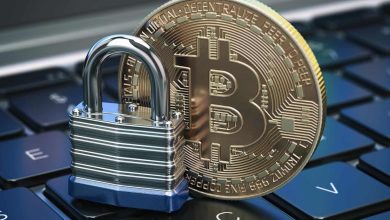Blockchain and Voting: Could It Revolutionize Democracy?
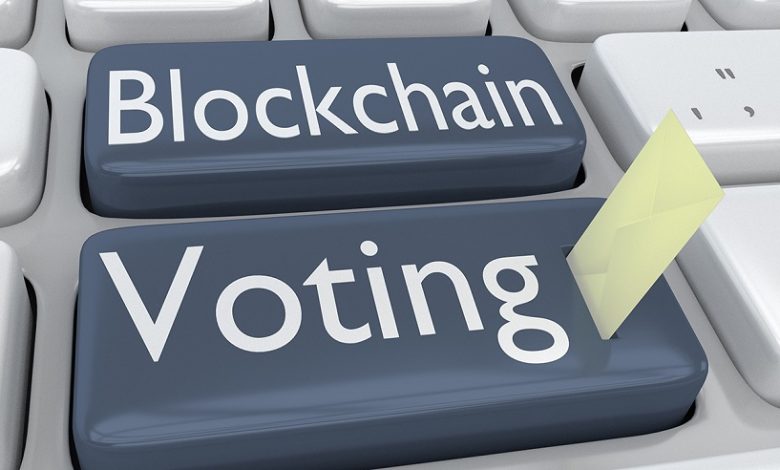
Blockchain and voting: could it revolutionize democracy? This question is at the center of debates about the future of elections and public trust. Blockchain promises secure, transparent, and tamper-proof voting, but can it really transform how we choose our leaders? This guide uses simple English, real case studies, tables, and FAQs to explain what blockchain voting is, how it works, and its potential impact on democracy.
Introduction: Blockchain and Voting—A New Era for Democracy?
Blockchain and voting: could it revolutionize democracy? Many experts believe blockchain could make elections more secure, transparent, and accessible. But others warn of new risks and challenges. This article explores both sides, using real examples and simple explanations.
What Is Blockchain Voting?
Blockchain voting uses blockchain technology—a digital ledger that records transactions in a secure, unchangeable way—to collect and count votes. Each vote is like a transaction, recorded on a public or private blockchain. This makes it very hard to change or fake votes.
Key ideas:
- Every vote is recorded and time-stamped.
- Votes can be checked by anyone (if public).
- The system is designed to prevent tampering.
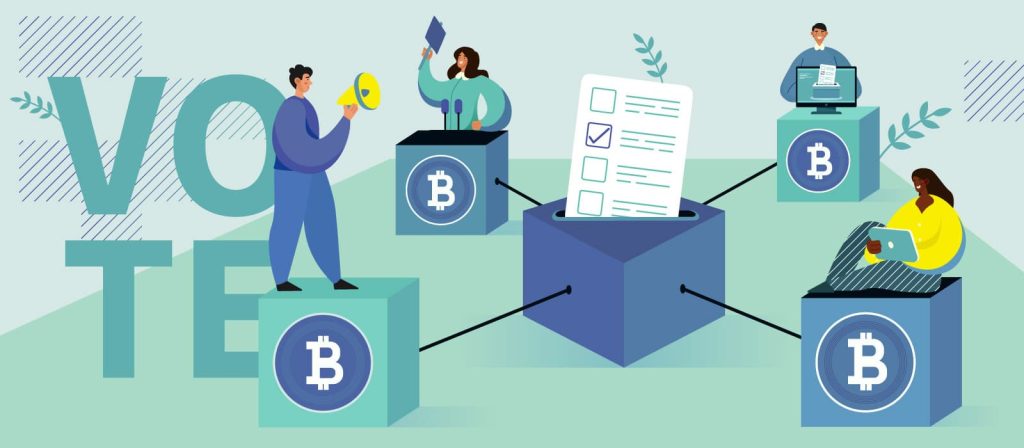
Why Talk About Blockchain and Voting: Could It Revolutionize Democracy?
Voting is the heart of democracy. But many countries still use old systems — paper ballots, long lines, missing names, fraud. People ask: Can blockchain fix these problems? This is why Blockchain and Voting: Could It Revolutionize Democracy? is such an important topic today.
Key Features of Blockchain Voting Systems
- Transparency: Anyone can verify votes (in public systems).
- Security: Votes are encrypted and cannot be changed.
- Immutability: Once a vote is recorded, it stays forever.
- Anonymity: Voters’ identities are protected.
- Accessibility: People can vote from anywhere with internet access.
- Auditability: Elections can be easily audited to check results.
- Speed: Votes can be counted quickly and accurately.
- Cost savings: Reduces the need for paper, staff, and physical polling places.

How Blockchain Voting Works
Blockchain and Voting: How the Process Works
- Voter registration: Voters are verified and given digital credentials.
- Casting a vote: Voters use a secure app or website to select their choices.
- Recording the vote: Each vote is encrypted and added to the blockchain.
- Auditing: Independent groups can review the blockchain to ensure accuracy.
- Counting votes: The system tallies votes automatically, and results can be checked by anyone with access.
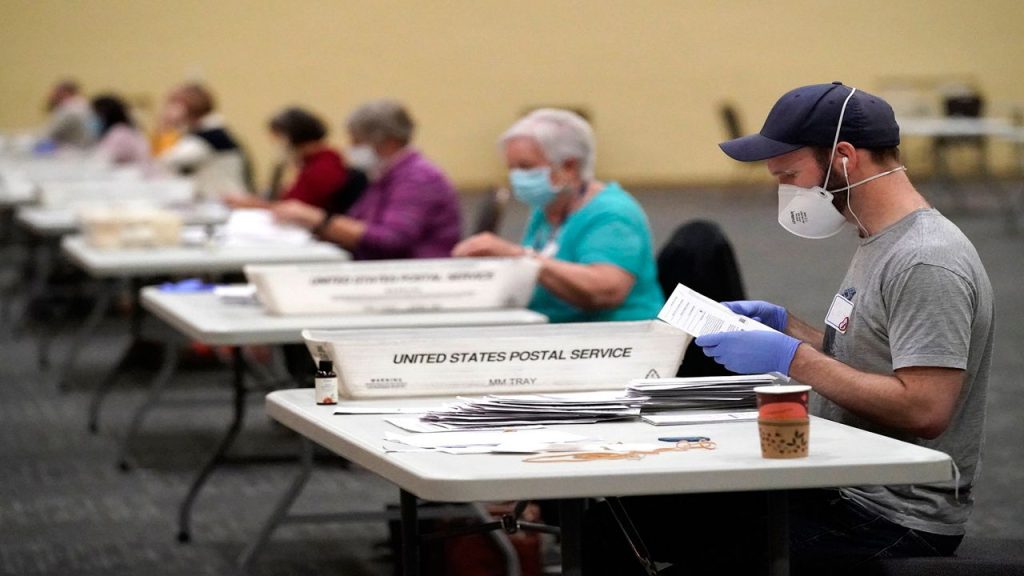
Blockchain and Voting: Security Measures
- Encryption: Protects the privacy of each vote.
- Multi-factor authentication: Ensures only eligible voters can cast a ballot.
- Smart contracts: Automate the counting and checking of votes.
- Decentralization: No single person or group controls the system.
Blockchain Voting vs Traditional Voting: Comparison Table
| Feature | Blockchain Voting | Traditional Voting |
|---|---|---|
| Transparency | High (public ledger) | Medium (observers needed) |
| Security | Very high (encryption, blockchain) | High (physical security) |
| Speed | Fast (real-time results) | Slow (manual counting) |
| Cost | Lower (less staff, paper) | Higher (staff, paper, logistics) |
| Accessibility | High (remote voting possible) | Lower (must visit polling place) |
| Auditability | Easy (digital records) | Harder (paper trails) |
| Privacy | High (anonymity possible) | High (secret ballot) |
| Risk of Hacking | New digital risks | Physical risks (ballot tampering) |
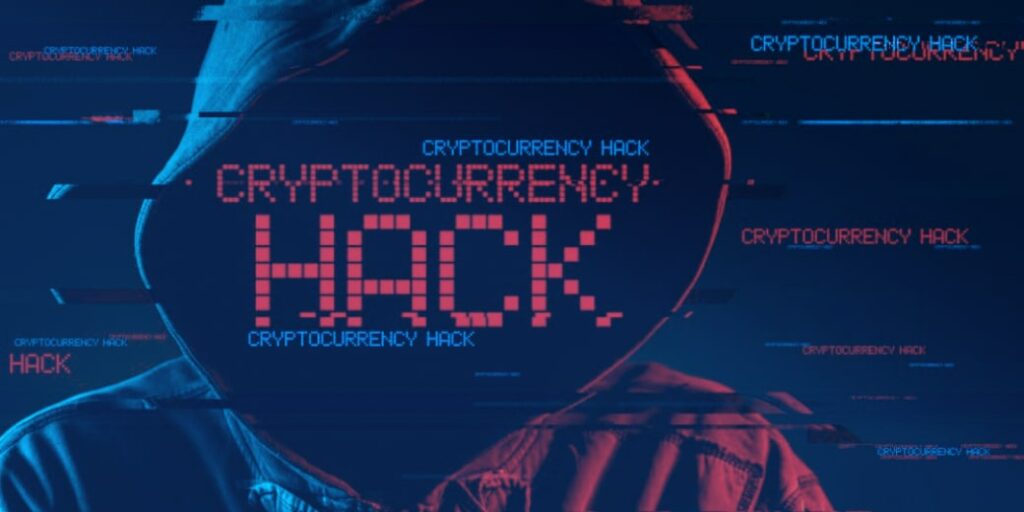
Case Studies: Blockchain Voting in Action
Case Study 1: Estonia’s Digital Voting
Estonia uses a digital voting system (not full blockchain) for national elections. Citizens can vote online securely, and the system is considered a global leader in e-voting.
Case Study 2: West Virginia, USA (2018)
West Virginia piloted a blockchain voting app for overseas military voters. The pilot was small but showed that blockchain could help remote voters participate safely.
Case Study 3: Moscow’s Blockchain Voting
Moscow used blockchain voting in city council elections. While the system promised transparency, critics raised concerns about privacy and the true openness of the code.
Case Study 4: Sierra Leone’s Election Audit
In 2018, Sierra Leone used blockchain to audit votes in a national election. The system provided an extra layer of trust, though the main voting was still on paper.
Case Study 5: Switzerland’s Blockchain Voting Trials
Swiss cities like Zug tested blockchain voting for local referendums. The trials found strong security but also technical and usability challenges.
Case Study 6: Utah County, USA (2020)
Utah County used a blockchain-based app for absentee voters in the 2020 presidential primary. The project improved access for voters living abroad.
Case Study 7: South Korea’s Blockchain Projects
South Korea has run several blockchain voting pilots for small-scale elections, focusing on transparency and preventing fraud.
Case Study 8: University Student Elections
Some universities use blockchain voting for student government elections, offering a secure and transparent way for students to choose their leaders.
Blockchain and Voting: Could It Revolutionize Democracy? — Who Supports It?
- Tech experts love the idea of clean, clear voting.
- Blockchain startups offer tools.
- Some governments test it for small elections.
- Voters abroad and disabled voters often benefit most.
How Blockchain Could Help Democracy
Blockchain and Voting: Could It Revolutionize Democracy? Many believe it can by:
- Making cheating very hard.
- Giving people more trust.
- Helping people vote from anywhere.
- Speeding up results.
- Saving money.
- Giving power back to the people.
Possible Risks for Democracy
But big risks exist too:
- Hackers might attack the devices, not the blockchain.
- Some people can’t access tech easily.
- Governments might misuse data.
- Bugs in the code can ruin trust.
- People may not understand how it works.
- Bad actors can find new ways to cheat.
Blockchain and Voting: Could It Revolutionize Democracy? — Next Steps
Most experts agree:
- Start small.
- Use it for local votes or surveys.
- Fix problems step by step.
- Build trust.
- Never rush to replace national elections without proof.
Pros and Cons Table
| Pros of Blockchain Voting | Cons of Blockchain Voting |
|---|---|
| High security and transparency | New digital risks (hacking, bugs) |
| Fast and accurate results | Needs strong internet access |
| Reduces costs and paperwork | Not all voters are tech-savvy |
| Easy auditing and recounts | Privacy concerns if not designed well |
| Enables remote voting | Hard to fix mistakes after submission |
| Prevents tampering and fraud | Legal and regulatory hurdles |

Tips for Safe and Effective Blockchain Voting
- Educate voters: Teach people how to use the system safely.
- Test before big elections: Start with small pilots to find problems.
- Use open-source code: Let experts check the system for bugs or backdoors.
- Protect privacy: Make sure votes cannot be linked to voters.
- Plan for internet outages: Offer backup voting methods.
- Work with regulators: Follow local laws and election rules.
- Audit results: Allow independent groups to review the blockchain.
- Keep systems simple: Avoid making the process too complicated for voters.
Frequently Asked Questions (FAQ)
1. What is blockchain voting?
It’s a way to collect and count votes using blockchain technology for security and transparency.
2. Is blockchain voting safe?
It can be very secure, but like all technology, it needs careful design and testing.
3. Can blockchain voting stop election fraud?
It makes tampering much harder, but no system is 100% foolproof.
4. Who has used blockchain voting?
Countries like Estonia, Switzerland, and parts of the USA have tested or used it.
5. Can I vote from home with blockchain voting?
Yes, one big advantage is the ability to vote remotely with a secure internet connection.
6. What are the risks of blockchain voting?
New digital risks like hacking, software bugs, and privacy issues.
7. Is blockchain voting expensive?
It can save money by reducing paper and staff, but setup costs can be high.
8. Can blockchain voting be audited?
Yes, digital records make audits easier than with paper ballots.
9. Will blockchain voting replace traditional voting?
It’s possible in the future, but most places use it for small pilots or special cases now.
10. Do I need to be a tech expert to use blockchain voting?
No, but systems should be designed to be simple and user-friendly.
Conclusion
Blockchain and voting: could it revolutionize democracy? Blockchain voting offers big promises—security, transparency, and accessibility. But it also brings new risks and challenges. The future of democracy may depend on finding the right balance between technology and trust, making sure every vote counts and every voter feels safe.




